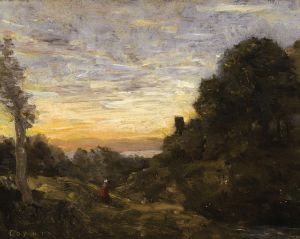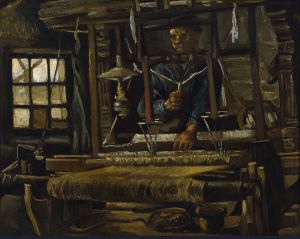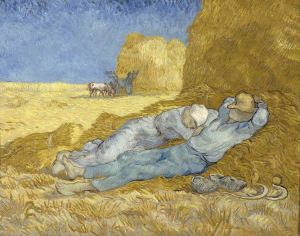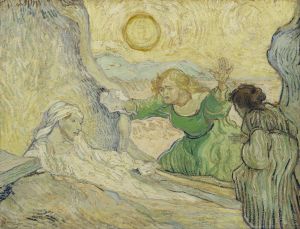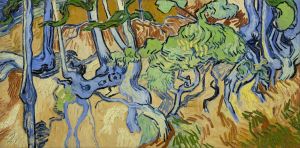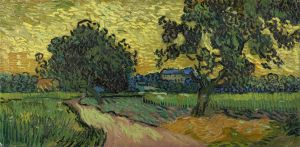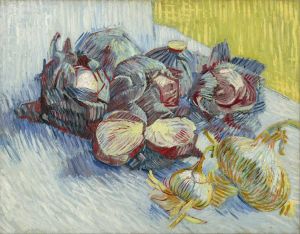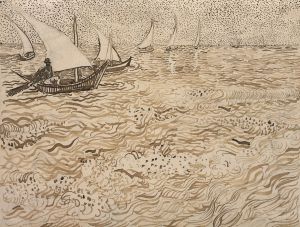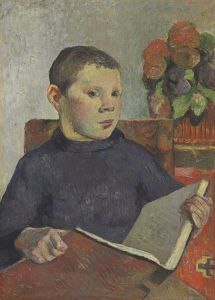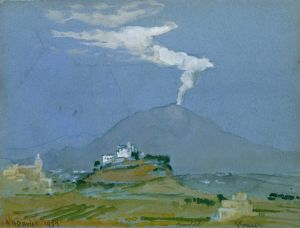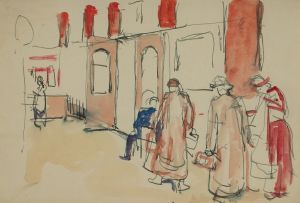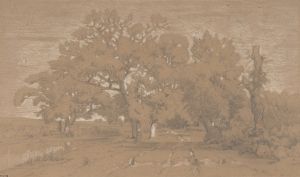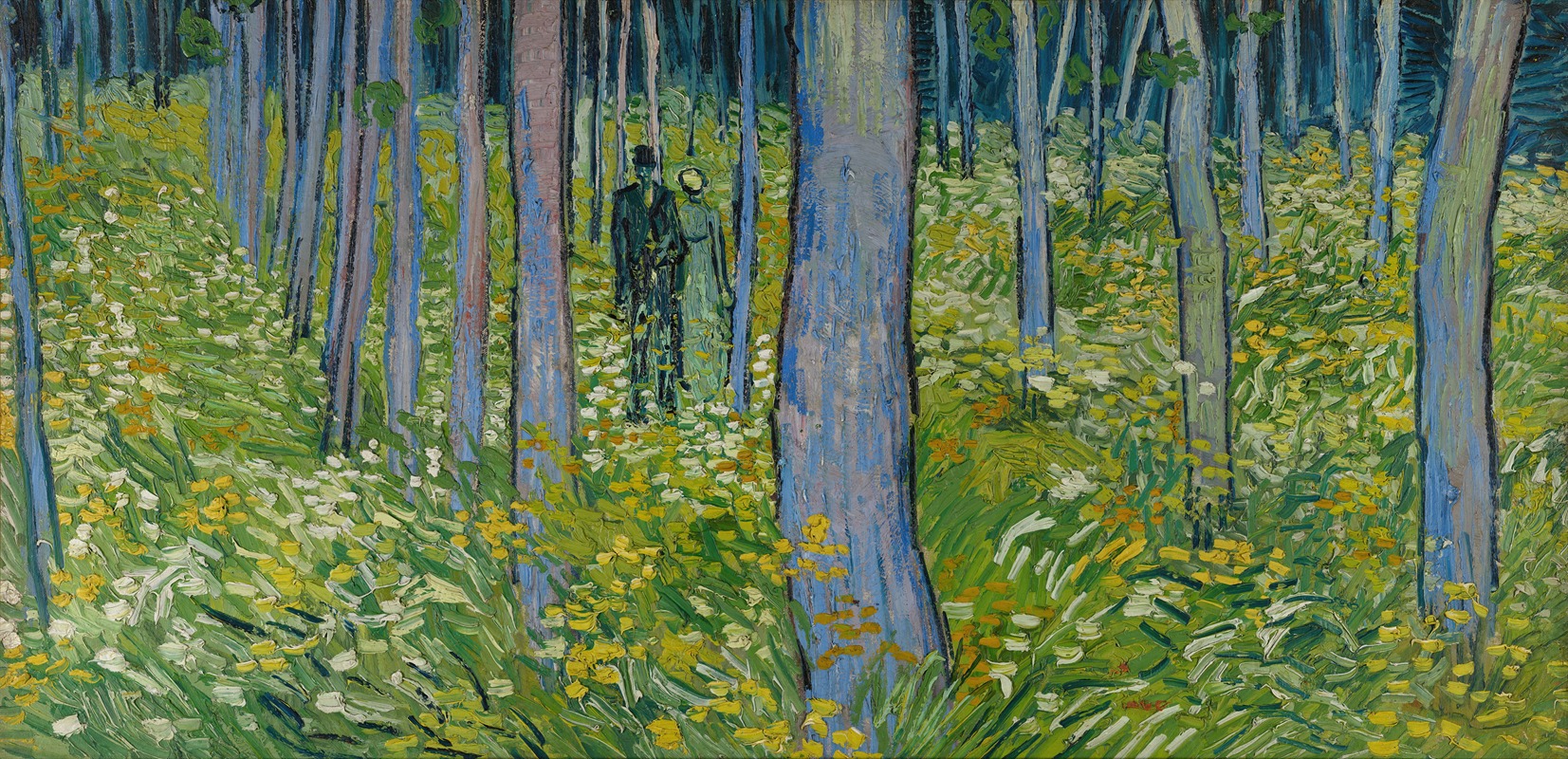
Undergrowth with two Figures
A hand-painted replica of Vincent van Gogh’s masterpiece Undergrowth with two Figures, meticulously crafted by professional artists to capture the true essence of the original. Each piece is created with museum-quality canvas and rare mineral pigments, carefully painted by experienced artists with delicate brushstrokes and rich, layered colors to perfectly recreate the texture of the original artwork. Unlike machine-printed reproductions, this hand-painted version brings the painting to life, infused with the artist’s emotions and skill in every stroke. Whether for personal collection or home decoration, it instantly elevates the artistic atmosphere of any space.
"Undergrowth with Two Figures" is an oil painting created by the renowned Dutch artist Vincent van Gogh in June 1890. This artwork is part of Van Gogh's prolific output during the final months of his life, a period marked by intense creativity and emotional turmoil. The painting is housed in the Cincinnati Art Museum, which acquired it in 1967.
The painting depicts a lush, verdant undergrowth with two figures walking along a path. The scene is set in a forested area, with a dense array of green foliage dominating the composition. The figures, a man and a woman, are rendered in Van Gogh's characteristic style, with bold brushstrokes and vibrant colors. They are positioned slightly off-center, adding a dynamic quality to the composition. The figures are somewhat obscured by the surrounding vegetation, which emphasizes the overwhelming presence of nature.
Van Gogh's use of color in "Undergrowth with Two Figures" is particularly striking. The palette is dominated by various shades of green, punctuated by touches of blue and yellow. This choice of colors creates a sense of depth and movement, drawing the viewer's eye through the painting. The brushwork is energetic and expressive, typical of Van Gogh's style during this period. The swirling patterns of the foliage convey a sense of vitality and life, reflecting the artist's fascination with nature.
The painting was created during Van Gogh's stay in Auvers-sur-Oise, a small village near Paris, where he spent the last few months of his life. This period was incredibly productive for Van Gogh, as he created numerous works that explored themes of nature and human existence. "Undergrowth with Two Figures" is one of several paintings from this time that feature wooded landscapes and paths, reflecting Van Gogh's interest in the interplay between humans and their natural surroundings.
Van Gogh's time in Auvers-sur-Oise was marked by both hope and despair. He sought solace in painting, using his art as a means to cope with his mental health struggles. Despite his personal challenges, Van Gogh's work from this period is characterized by a sense of optimism and a deep appreciation for the beauty of the natural world.
"Undergrowth with Two Figures" is often interpreted as a reflection of Van Gogh's emotional state during his final months. The painting's vibrant colors and dynamic composition suggest a sense of movement and life, while the figures' presence in the natural setting hints at themes of companionship and the human connection to nature. However, as with much of Van Gogh's work, the painting's meaning is open to interpretation, allowing viewers to draw their own conclusions about its significance.
The painting remains an important part of Van Gogh's oeuvre, showcasing his unique ability to capture the essence of the natural world through his distinctive style. It continues to be celebrated for its emotional depth and artistic innovation, offering insight into the mind of one of history's most influential artists.






